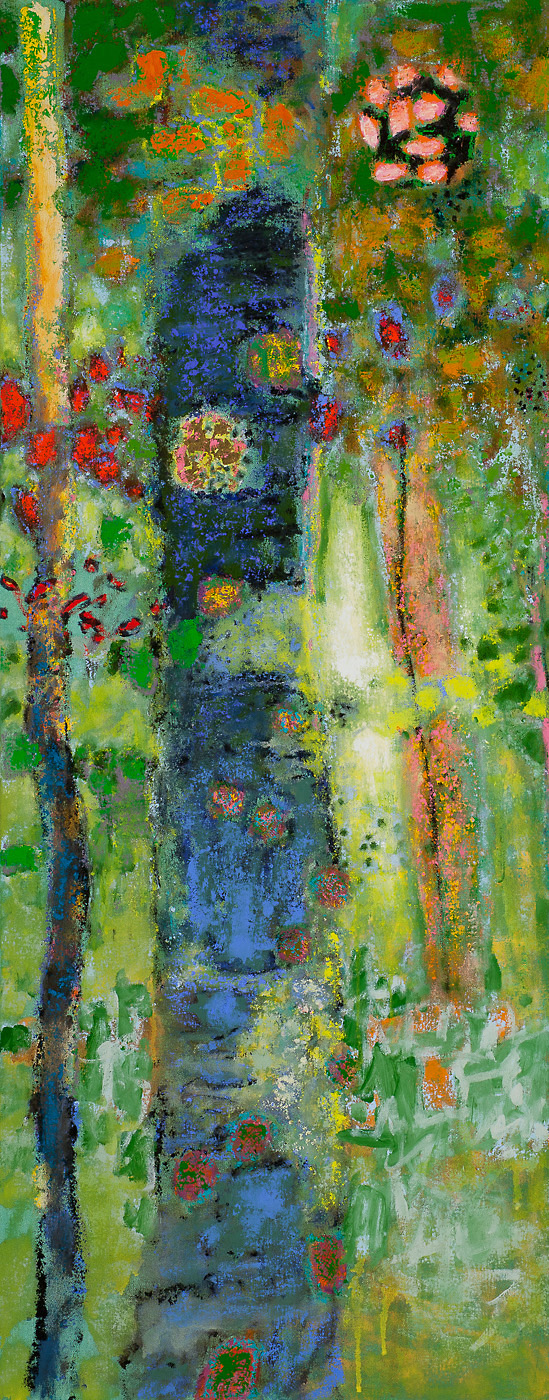[gallery]
Bevk Perović, House R, Bohinj, 2008
Beautiful and simple.
[gallery]
Athanasius Kircher, Organum Mathematicum, or Cista mathematica or Arca, late 17th - early 18th century. Italy.
The inside of the chest is divided into nine compartments: Arithmetic, Geometry, Art of fortifications, Chronology, Horography, Astronomy, Astrology, Steganography, and Music. It’s a sort of portable encyclopedia, or comprehensive system for the classification of knowledge. Museo Galileo
[gallery]
Theatrum Cometicum / The Theatre of Comets, first published in 1666-68. Amsterdam.
Compiled by Polish historian and astronomer Stanislaw Lubieniecki, it provides accounts of over 400 comet sightings throughout history, and includes allegorical engraved title-pages, astronomical maps and diagrams, many of which are double-page fold out illustrations. © The University of Edinburgh
[youtube http://www.youtube.com/watch?v=oaBnIzY3R00?feature=oembed&enablejsapi=1&origin=http://safe.txmblr.com&wmode=opaque&w=500&h=375]
Buckley, Kerouac, Sanders and Yablonsky discuss Hippies

Pierced by the Morning Light | oil on canvas | 48 x 19” | 2014 | Rick Stevens Art
I am thoroughly enjoying these paintings!

VERONESE, Paolo
The Triumph of Virtue over Vice
1554-56
Oil on canvas, 295 x 165 cm
Palazzo Ducale, Venice

GIOTTO di Bondone
Navicella
1305-13
Oil on canvas, 740 x 990 cm
Fabbrica di San Pietro, Rome
Good old Peter …

Lucas Cranach the Elder was a close friend of Martin Luther and painted him several times. This portrait is at The Met; another from the same year is at the Statens Museum for Kunst in Copenhagen. Luther was excommunicated by the Pope on January 3, 1521. Three months later Holy Roman Emperor Charles V declared him an outlaw and a heretic.
“If you want to change the world,” wrote Luther, “pick up your pen and write.”
Martin Luther, probably 1532, Workshop of Lucas Cranach the Elder. Oil on wood, 13 1/8 x 9 1/8 in. The Metropolitan Museum of Art, Gift of Robert Lehman, 1955 (55.220.2). www.metmuseum.org
Two sources of inspiration for me here: Luther and Cranach.
[gallery]
The archaeological site of Cyrene, Libya.
Once a colony of the Greeks of Thera (Santorini), Cyrene was a preeminent city of the Hellenic world, and was later established as a Roman province in 74 BC. It was not until the great earthquake and tidal wave of AD 365 that Cyrene fell into decline. Ammianus Marcellinus, a 4th century Roman historian and soldier, found Cyrene desolate:
“In Pentapolis-Libya is Cyrene, an ancient city, but deserted…“ (Book XXII, translation via uchicago).
Shown in the first photo is the huge Temple of Zeus, its size reflective of the importance of Cyrene in the Greek world (in fact, it was larger than the Parthenon in Athens). This temple was used to honour Jupiter under the Romans. Although it was restored by Augustus, it was later destroyed in AD 115 during the Jewish Revolt. As were many of Cyrene’s public buildings, the temple was rebuilt by emperor Hadrian in AD 120. In the second photo is the necropolis (place of burial). These have been cut into the cliff, and the old necropolis contains over 2,000 tombs. Shown in the 5th photo is the Greek theatre, which was later converted into a Roman amphitheatre. The mosaic detail in the 6th photo comes from the dining room of the 2nd century house of the wealthy Jason Magnus. In the final image we have the stunning Naval Monument.
Photos taken by Sebastià Giralt.
Cyrene is mentioned in Acts 13.1. The earliest Christians came from all over.

At the Legion of Honor in San Francisco this afternoon.

ZORN, Anders
Mrs. Walter Rathbone Bacon (Virginia Purdy)
1897
Oil on canvas, 171 x 108 cm
Metropolitan Museum of Art, New York
Zorn has become a favorite of mine!






